Cholo culture, initially associated with the Chicano communities of the southwestern United States, crossed the Pacific Ocean to find a unique place in Japan. This cultural adaptation is a fascinating example of how cultural expressions can evolve and become integrated into contexts entirely different from their origin. In this article we will explore what cholo culture is, its origin in the Chicano movement, the key elements of its clothing style, its arrival and influence in Japan, as well as the emblematic figures who marked its presence in this country .
What is Cholo culture?
Cholo culture is a distinct subculture originating from Chicano communities in American urban neighborhoods, notably in California and Texas. It is a cultural expression born from the Mexican diaspora in the United States, manifesting through specific visual, linguistic and artistic elements. The clothing style, which plays a central role, typically consists of checked shirts buttoned up to the collar, baggy pants, often Dickies or Levis, and low shoes like the famous moccasins or sneakers >. Accessories such as bandanas, gold chains and wide belts complete this look. But cholo culture goes beyond appearance; it includes a particular slang, a predominant musical genre, Chicano rap, and other forms of expression such as graffiti and dance.
Furthermore, cholo culture encompasses a strong community and family dimension, where loyalty and respect are fundamental values. It often reflects the social realities and challenges that Chicanos face, such as marginalization and the struggle for civil rights. This culture has also been expressed through films and works of art that capture the spirit of resilience and pride that characterizes Chicanos. Despite its specific origin, cholo culture has found universal resonance, connecting individuals across different geographies and generations, illustrating the capacity of art and culture to transcend social and national boundaries.

What is the Chicano movement?
The Chicano movement emerged in the 1960s and 1970s in the United States as a wave of demands for civil rights by Americans of Mexican origin. It was born in a context of social struggles and liberation movements, inspired by the desire to defend the rights of agricultural workers, fair education, and to fight against racial discrimination. The movement quickly expanded to include a strong cultural dimension, seeking to value and preserve Chicana identity through language, history, literature, the arts, and of course, politics. Figures like Cesar Chavez and Dolores Huerta have been at the heart of this struggle, focusing particularly on improving the living and working conditions of agricultural workers.
Alongside its political and social aspects, the Chicano movement also embraced a strong artistic component, using art as a means of resistance and cultural affirmation. The murals, often painted on the walls of Chicano neighborhoods, depict scenes of daily life, cultural heroes and historical events, serving as both means of education and inspiration for the community. Chicano theater, poetry, and cinema have explored similar themes, expressing narratives of discrimination, hope, and triumph. This cultural richness helped forge a unique Chicana identity, while establishing a dialogue with other cultural and social movements, both in the United States and beyond.

What clothes for a Cholo look?
The cholo look is instantly recognizable and strongly symbolic, reflecting both a lifestyle and belonging to a community. We quickly talked about it in the first paragraph but here we will try to go into a little more detail. At the heart of this style are checked shirts, often buttoned up to the collar, worn over white t-shirts. Trousers are generally wide and sagging, typically khakis or baggy jeans, belted low on the hips. Shoes are another crucial element of the cholo look, with a predilection for low-top sneakers like the Converse All-Stars or the Nike Cortez, which offer both comfort and style to the wearer. door. Accessories complete the ensemble, notably with hats such as fedoras or flat caps, as well as bandanas, often worn around the neck or on the head.
In addition to clothing elements, the cholo look can also include personalized details such as solid gold jewelry: chains, watches, and bracelets, which add a unique touch of sparkle to any outfit. style. tattoos are also an integral part of the cholo aesthetic, with designs that range from family names and symbols to religious images and representations of Chicano culture. This style of clothing, far from being just a fashion, is a form of personal and collective expression that tells stories of resilience, belonging and cultural pride. Adopting this look means carrying a part of Chicano history and identity, a tribute to a rich and living tradition.
How did Chicano culture come to Japan?
The transmission of Chicano culture in Japan is a fascinating phenomenon of cultural globalization, initiated mainly by the media and entertainment. Beginning in the 1990s, Hollywood films and music, particularly hip-hop and gangsta rap, which incorporated visual and thematic elements of Chicano culture, began to captivate the Japanese public. These media often presented stereotypical but striking images of Chicano lives, their struggles, and their unique aesthetics, sparking curiosity and admiration among young Japanese people.
Beyond the media, direct interactions also played a crucial role. American soldiers stationed in Japan, as well as Japanese tourists and businessmen returning from the United States, brought elements of this culture with them. vintage clothing markets and fashion boutiques in Japan began selling cholo style items, such as plaid shirts and baggy pants, popularizing the look. In addition, the craze for the custom car and the lowrider culture, two other emblematic aspects of Chicano culture, reinforced this fascination. Custom car exhibitions and lowrider competitions not only attracted Japanese car enthusiasts but also served as platforms for deeper cultural exchanges. These events, combined with the influence of the media, firmly anchored the aesthetics and values of Chicano culture in the hearts of certain Japanese communities, creating a unique cultural niche across the country.

Streetwear and Latino culture in Japan
The interaction between Japanese streetwear and Latino culture, particularly Chicano, has produced a fusion of styles that resonates deeply with young people passionate about urban looks in Japan. Japanese streetwear brands, always looking for innovation and authenticity, quickly integrated elements of Chicano culture into their collections. This mix is manifested in the adoption of checked shirts, baggy pants, and accessories such as bandanas and gold jewelry, emblematic elements of the cholo style. The popularity of these items can be explained by their ability to combine comfort and authenticity, two essential aspects of streetwear.
In addition to the clothing aspect, Latino culture has enriched Japanese streetwear through music and art. Collaborations between artists and designers from both backgrounds often take place at fashion events or music festivals, where Chicano aesthetics are celebrated and reinterpreted through performances and clothing collections. These events serve not only to promote clothing but also to create spaces for dialogue and cultural learning. For example, graphics inspired by Chicano tattoos and muralist-style illustrations frequently appear in streetwear clothing lines, reflecting the profound impact of Latino culture on Japanese fashion scene. This phenomenon illustrates how fashion can serve as a bridge between seemingly distinct cultures, enabling a form of creative expression that transcends geographic and cultural boundaries.

The emblematic figures of Japanese cholo culture
We decided to highlight three of the most popular figures of cholo culture in Japan, here they are:
-
DJ Chicano - DJ Chicano is recognized as a pioneer of cholo hip-hop music in Japan, where he created a unique musical bridge between Chicano and Japanese cultures. His music blends traditional Latino rhythms with modern elements of Japanese hip-hop, often complemented by Japanese lyrics that address themes of resilience and cultural identity. DJ Chicano is also famous for his live performances, where he often sports traditional cholos outfits, reinforcing his image as an authentic and respected cultural figure.
-
Hiroshi Takahashi - Renowned designer, Hiroshi Takahashi was instrumental in introducing and popularizing the cholo style in the Japanese fashion industry. Her collections are a fusion of Japanese sensibility and Chicano influences, characterized by the bold use of plaid patterns, wide-leg pants and gold accessories. Takahashi is also known for his commitment to cross-cultural collaborations, often working with Chicano artists and designers to create pieces that celebrate and honor both cultures.
-
Lisa Yamai - Artist and activist, Lisa Yamai uses her art to explore and celebrate her Chicano-Japanese heritage in a profound and visual way. Her works, which range from painting to performance art, are infused with a strong Chicano identity, with depictions of the Virgin of Guadalupe and other cultural icons frequently featured. Yamai is also active in the community, hosting workshops and events that promote understanding and appreciation of Chicano culture in Japan. Its efforts aim to create an ongoing dialogue between generations and strengthen cultural ties between Japan and the Chicano diaspora.

We are coming to the end of this article, from now on, the cholo culture in Japan no longer has any secrets for you! It illustrates the dynamic capacity of cultures to cross borders and redefine themselves in new contexts. Japan's adoption and adaptation of this Chicano culture is not just a fashion phenomenon, but reflects a deep cultural dialogue that enriches both societies. By integrating elements of Chicano culture, Japan has created a new facet of its streetwear identity, while respecting and promoting the roots of this tradition. This cultural fusion shows how artistic expressions and social movements can become universal, resonating well beyond their geographic and ethnic origin.




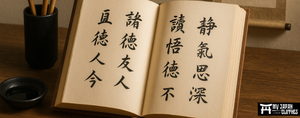










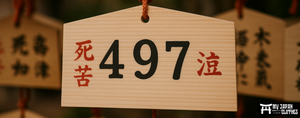
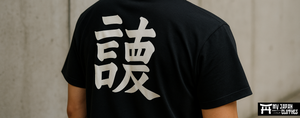
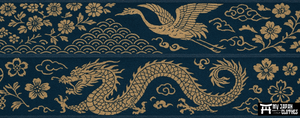





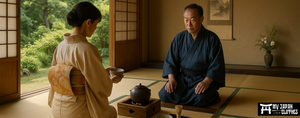
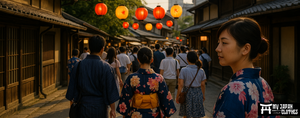
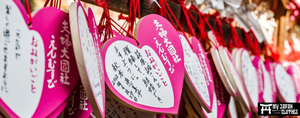



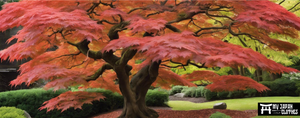
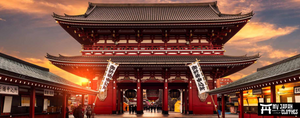
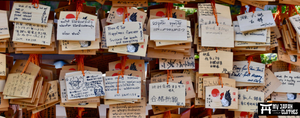
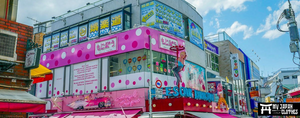
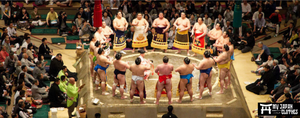













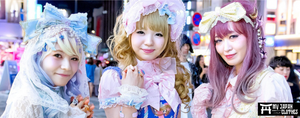

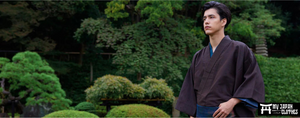
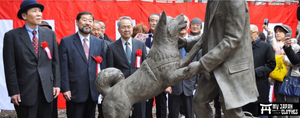
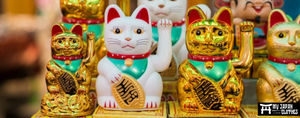
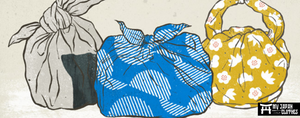
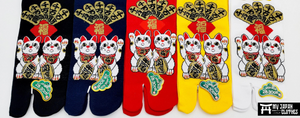
Leave a comment